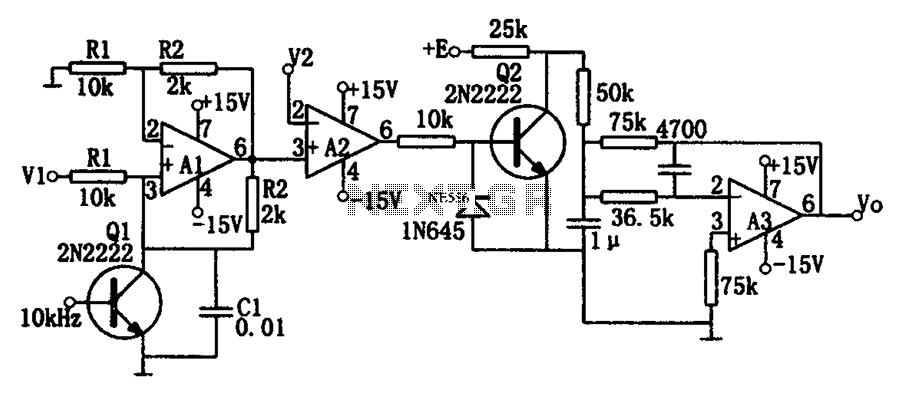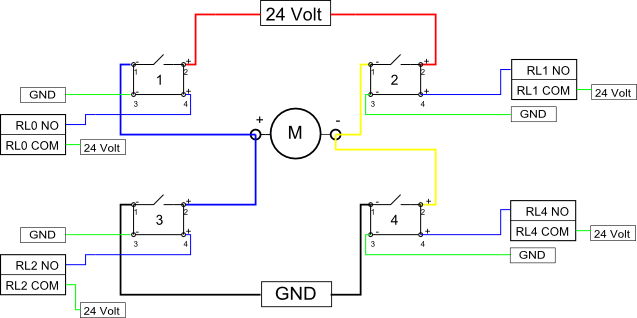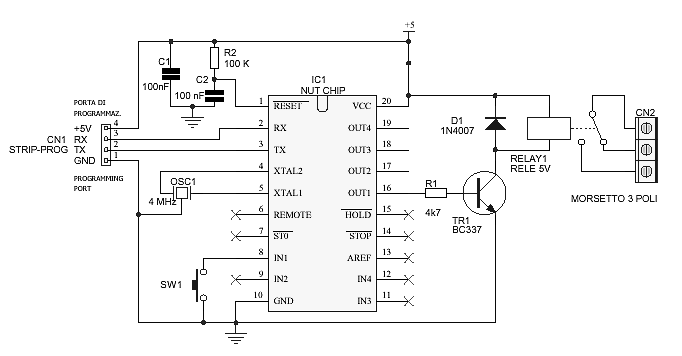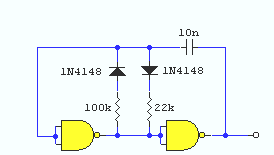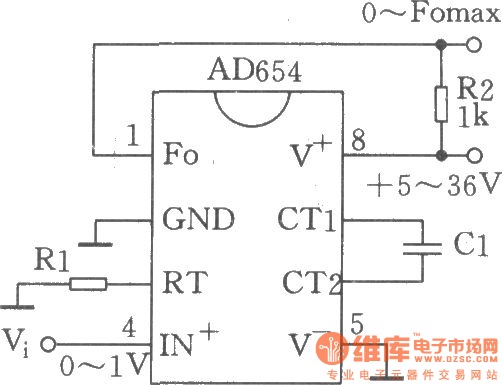
Simple VOX Circuit
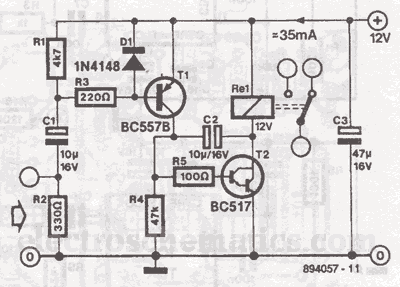
VOX is a voice-controlled switch commonly used for microphones, serving as a replacement for the traditional switching button. The actuating threshold is adjusted through the volume potentiometer.
The VOX (Voice Operated Switch) circuit functions by detecting sound levels and activating a connected device when the sound exceeds a predetermined threshold. This is particularly useful in applications where hands-free operation is desired, such as in broadcasting or communication systems.
The primary components of a VOX circuit include a microphone, an amplifier, a threshold detector, and a switching mechanism. The microphone captures audio signals, which are then amplified to a suitable level for processing. The amplified signal is fed into a threshold detector, which compares the audio signal against a reference voltage set by the volume potentiometer.
When the audio signal surpasses the set threshold, the detector activates the switching mechanism, which can control various devices, such as a transmitter or a recording device. The volume potentiometer allows the user to adjust the sensitivity of the VOX circuit, ensuring optimal performance in varying noise environments.
Additional features may include adjustable delay times to prevent unintentional activation from brief or low-level sounds and LED indicators to provide visual feedback on the switch's status. The design may also incorporate noise filters to enhance performance by reducing the impact of background noise.
Overall, the VOX circuit enhances user convenience and efficiency by enabling voice-activated control in various electronic devices, simplifying operation and improving accessibility.VOX is a voice controlled switch, used often for microphones replacing the classic switching button. The actuating threshold is set thru the volume potenti.. 🔗 External reference
The VOX (Voice Operated Switch) circuit functions by detecting sound levels and activating a connected device when the sound exceeds a predetermined threshold. This is particularly useful in applications where hands-free operation is desired, such as in broadcasting or communication systems.
The primary components of a VOX circuit include a microphone, an amplifier, a threshold detector, and a switching mechanism. The microphone captures audio signals, which are then amplified to a suitable level for processing. The amplified signal is fed into a threshold detector, which compares the audio signal against a reference voltage set by the volume potentiometer.
When the audio signal surpasses the set threshold, the detector activates the switching mechanism, which can control various devices, such as a transmitter or a recording device. The volume potentiometer allows the user to adjust the sensitivity of the VOX circuit, ensuring optimal performance in varying noise environments.
Additional features may include adjustable delay times to prevent unintentional activation from brief or low-level sounds and LED indicators to provide visual feedback on the switch's status. The design may also incorporate noise filters to enhance performance by reducing the impact of background noise.
Overall, the VOX circuit enhances user convenience and efficiency by enabling voice-activated control in various electronic devices, simplifying operation and improving accessibility.VOX is a voice controlled switch, used often for microphones replacing the classic switching button. The actuating threshold is set thru the volume potenti.. 🔗 External reference
